Craft (Miami Opa-Locka) has created an “innovative ownership model” wherein investors buy a stake in “pods” that consist of five aircraft, CEO Israel Slod, who once made headlines in California for landing a Beech G33 on a highway, revealed in an exclusive interview with ch-aviation.
“We're not really in the aviation business. We're actually in the financial services business with a unique aviation component to it,” he said and went on to elaborate that the company allows somebody to buy “a piece of a mini charter business and get all the tax depreciation and other benefits that come along, including aircraft use.”
Slod believes his model is significantly less volatile because a single aircraft's profit-and-loss statement is volatile, while a group of aircraft creates an aggregated profit-and-loss statement, making it “sustainably profitable.”
The model is based on a 721 exchange, also known as an umbrella partnership real estate investment trust (UPREIT), most commonly used among real estate investors seeking to defer capital gains taxes in the United States when selling property. In return for contributing the property, the investor receives interest units in the umbrella partnership, becoming a unitholder. This arrangement offers the advantage of tax deferral and the opportunity for additional diversification.
“It's an IRS partnership agreement that, essentially, allows people to transact airplanes. Actually, they’re just selling shares of the business,” Slod added.
He also said that fractional ownership comes with management fees and high hourly rates when flying whereas he aims to provide his clients with a share of company profits.
Furthermore, Slod sees his target group as people who have always wanted to get into business aviation but found it difficult. “Our target group is looking for a cookie-cutter approach, like in our approach, you don't have to deal with financing, you don't have to deal with finding the airplanes and buying them and refurbishing them, and hiring the pilots. We do all that, and we also put them in this pod so that there's no volatility.”
Craft Charter’s first “pod” will have five aircraft and 15 owners whereas he is seeking six more owners to complete a second pod of Challenger 300s. According to Part 135, Craft Charter operates three Challenger 300s and three Gulfstream IVs as well as a single Premier I. However, the carrier is in the process of replacing the Gulfstreams with Challengers by the end of the year. Meanwhile, the Beechcraft Premier I is an aircraft that was active in Slod’s previous business.
High utilisation
To achieve his goals, Slod, a 28-year-old who previously volunteered in the Israeli military and thereafter received his pilot’s licence, wants his aircraft to be in the air as much as possible. The model differs from other operators in business aviation that may choose to operate fewer charter hours to diminish the wear-and-tear of aircraft that should also serve their owners.
“I think we're averaging 1,000 to 1,400 hours a year per plane. So, it's high utilisation, but that's how these airplanes were meant to be flown, they were meant to be flying this many hours,” he said.
The CEO went on to add that demand had dropped recently by about 20%, attributing it to high supply. “There's still demand, the planes are still able to fly. It's not what we saw two years ago. I just think there's just a lot of supply in the market,” he opined.
Precisely because he sees the Craft fleet as a financial instrument, he noted that the company decided to keep ownership only in five major cities in the US: San Francisco, Los Angeles, Miami, Boston, and New York. The idea is to reduce repositioning costs and keep the aircraft on the coasts and not inland. However, he did hint that there may be an expansion into Dallas in the future.
An expanding fleet
Craft Charter currently operates three Challenger 300s, mostly under operating leases. When the carrier was launched in 2020, it started with a single Challenger 300 but Slod said that high demand during the pandemic meant he was quickly able to purchase the aircraft and grow the fleet further.
“By the end of 2020, beginning 2021, things started to really swing. The first airplane was flying a lot and there was a lot of demand for it. We were able to partner with companies like Flexjet and NetJets Aviation and fly a lot hours. Eventually, we ended up actually flying enough hours that we bought that airplane, and then we leased another Challenger, and then we ended up buying that Challenger, and leased another one and so on,” Slod stated. He added that most of the aircraft are under operating leases wherein Craft would “buy the airplane, refurbish it and sell them.”
Slod, whose first business ended up being an unsuccessful Beechcraft Premier operation, tried multiple aircraft types at Craft, but insists he will focus only on Challenger 300s in the future as the fleet grows.
“That's really the right airplane. It can fly coast to coast. It's the right middle of the market. Passengers love it. It has a very nice cabin and the most important thing is it's made by Bombardier, and it's the same airplanes that they use for, the regional jets that fly 1000s of hours a year. So, there's always extra engines and it's easy to get pilots and parts, it's just very easy, it's just the right airplane to charter. I think that was the big lesson between the first try and then Craft,” he said.
He added that Craft is currently seeking to buy additional Challenger 300s, 2010 or newer, because the company wants to operate the aircraft “for at least 20 years”.
“Well, we have two that we're looking at right now. We'll acquire them, and we'll refurbish them, and we'll put them through the upgrades and everything, we'll put them in the pod, and then we'll sell shares of the pod and that will be the second pod,” he said.
B2B, but leisure comes first
Most of Craft Charter’s customers are aircraft brokers, with only around 10% from direct consumers, Slod explained and added it's difficult for the industry to move away from its broker-focused model.
“With AI, it will become easier for people to find airplanes, but I think right now people just like to have somebody that gives them that extra touch,” he stated.
Nowadays, Craft Charter mostly operates flights from New York City to the West Coast, and Slod notes that most flights are for leisure and not business. “I don't think we've ever really had a lot of business travel, you know, since the pandemic,” he said, stressing that some business travel does come through to Craft Charter via supplemental lifts for NetJets and FlexJet.
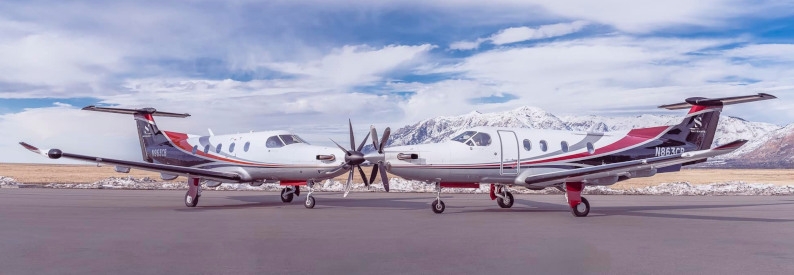

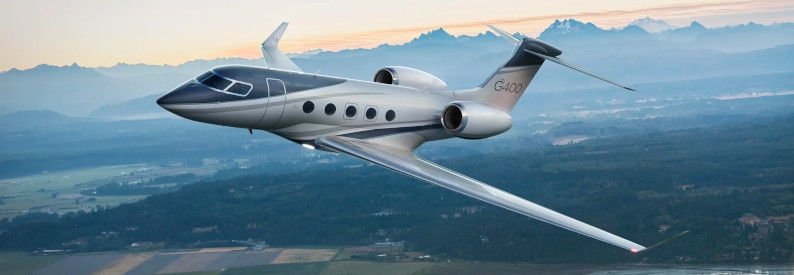

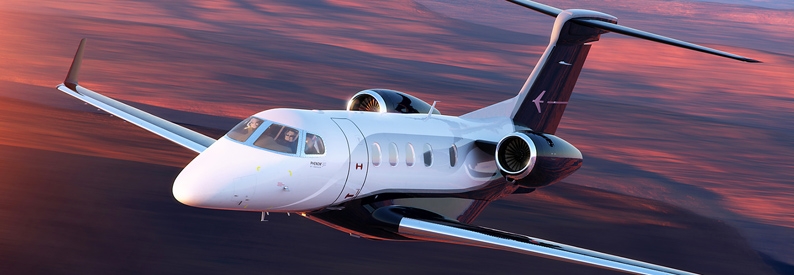
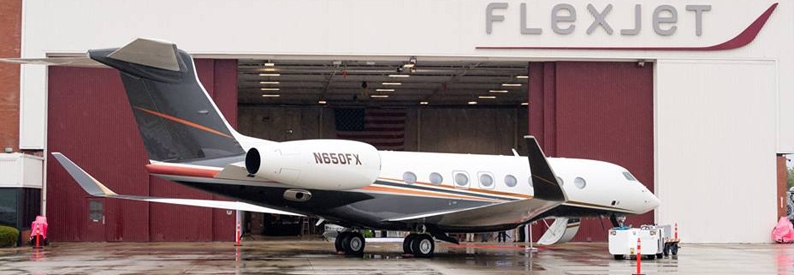

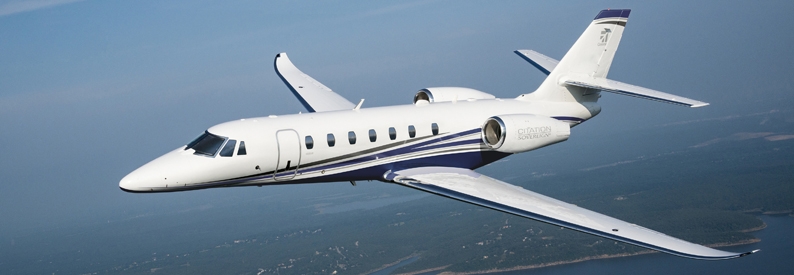
Editorial Comment: Updated paragraph 10 with the corrected maximum number of hours aircraft operate per year. - 30Oct2024 - 07:00 UTC